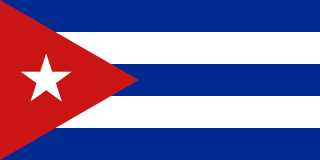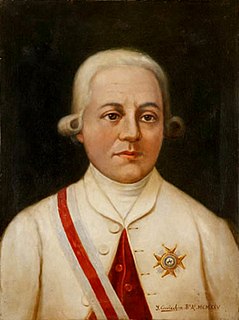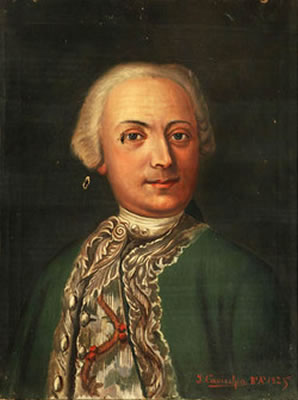

Nicolás Antonio de Arredondo, Pelegrin, Ahedo Zorilla de San Martin y Venero (17 April 1726 – 4 April 1802) [1] was a Spanish soldier and politician born in the village of Bárcena de Cicero on Spain's Atlantic Coast. He was the fourth viceroy of the Río de la Plata between 4 December 1789 and 16 March 1795.

Spain, officially the Kingdom of Spain, is a country mostly located in Europe. Its continental European territory is situated on the Iberian Peninsula. Its territory also includes two archipelagoes: the Canary Islands off the coast of Africa, and the Balearic Islands in the Mediterranean Sea. The African enclaves of Ceuta, Melilla, and Peñón de Vélez de la Gomera make Spain the only European country to have a physical border with an African country (Morocco). Several small islands in the Alboran Sea are also part of Spanish territory. The country's mainland is bordered to the south and east by the Mediterranean Sea except for a small land boundary with Gibraltar; to the north and northeast by France, Andorra, and the Bay of Biscay; and to the west and northwest by Portugal and the Atlantic Ocean.

Bárcena de Cicero is a municipality located in the autonomous community of Cantabria, Spain. According to the 2007 census, the city has a population of 2.546 inhabitants. Its capital is Gama.
A viceroy is an official who runs a country, colony, city, province, or sub-national state, in the name of and as the representative of the monarch of the territory. The term derives from the Latin prefix vice-, meaning "in the place of" and the French word roy, meaning "king". A viceroy's territory may be called a viceroyalty, though this term is not always applied. The adjective form is viceregal, less often viceroyal. The term vicereine is sometimes used to indicate a female viceroy suo jure, although viceroy can serve as a gender-neutral term. Vicereine is more commonly used to indicate a viceroy's wife.












